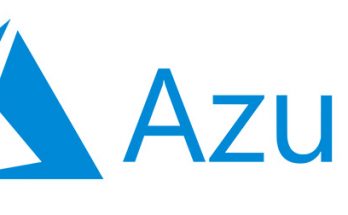According to Roger Saillant, you can get high performance from any position in your organization if you appreciate small achievements and never get bothered with who gets the credit. This observation will positively impact your compliance project management if adhered to.
How do you like Your Elephant? One Bite at a Time
You’ve heard of the project management advice to eat your elephant one bite at a time. However, people will react differently when they land an incredible compliance project. The manager may start imagining all the congratulatory messages they will receive on completion while others sink into fears of the unknown. The majority are in the middle as they hope for the best but also prepare for unseen eventualities.
In the midst of all these, you should remain focused to one goal; deliver the project successfully! The high number coupled with complexities of some of the projects may leave you with minimal implementation options but you can always resort to PCI compliance program that can easily be included in your AML transaction screening procedures. Also, you should view all the projects that you handle using these three phases for ease of operations:
Planning. Action. Delivering. The success of these phases will lead to a cumulative success of the entire project. Before picking any project, you should internalize the importance of the stages and device clear plans to execute each phase flawlessly. Take each phase at a time, delegate the duties at every phase and consider every small win important for the overall success.
Where to Start
Regardless of your busy multi-tasking life, you will need to create time for effective planning of each of your compliance projects. Ensure that you have an environment that’s devoid of distractions to allow you notice fine details that will be the determiners of your project’s success.
Planning may appear unnecessary but the fact remains that it is the most crucial part of your compliance project. Just like the house foundation, you’ll need to have this stage strongly anchored to ensure that the execution and reporting phases run without any hitches. Also, many organizations make the mistake of underfunding the planning phase! You should not fall into the trap of thinking that planning is a simple process that requires minimal resources. In fact, this phase takes the lion share of your time; 35-50% of the time spent on a compliance project should go into planning. You should review all the sources of materials you’ll require throughout the process and determine how easy it will be for you to acquire them.
Common Themes in Planning
The following themes are synonymous with compliance projects:
- Resources. You should establish the Subject Matter Experts (SMEs) that you’ll need to complete the process. Also, consider the time requirements and approvals required to allow the SMEs to work on the project. If you’re are using sensitive data, you’ll require secure authorization to access it.
- Contacting the Project’s Stakeholders. During the planning phase, ensure that you establish the availability of all the individuals involved in the project thus preventing suspending the project midway.
- Determining the Project’s Scope. After consulting with stakeholders and determining all the necessities for the project, you will need to determine the depth and width of your project. Ensure that you know the items that must be available for every phase of the compliance project.
- Prioritizing the Project. After knowing all the activities related to the compliance project, it is now time to decide where to focus your energy first. Ensure that you start with areas of high priority for the organization. For example, those resources that are mandatory for the project must be made available. Also, ensure that you book appointments with top executives and CISO to make the compliance project successful.
- Initial Data Request. You should answer the questions of what data? Which data field? Who to deliver the data? How long will the delivery take? What are the data accuracy confirmation systems? Ensure that you have solid answers to these questions to avoid future confusion. It will give you peace of mind to see these small successes along the compliance project journey.
There are many beliefs related to undertaking a successful compliance project. I could have pointed out the necessity of having a strong foundation for a guaranteed sturdy house. What is important to notice is that just like the iceberg which has 90% hidden under water, the compliance projects require 90% invisible planning.
At this stage, a casual observer may not notice the intensive activities taking place in the organization. However, you should never be tempted to underestimate this stage since you’ll regret the chaotic execution phase that may lead to delays completing the project. If you plan right, you’ll have deliverables and you’ll enjoy small wins that will lead to sweet victory!





